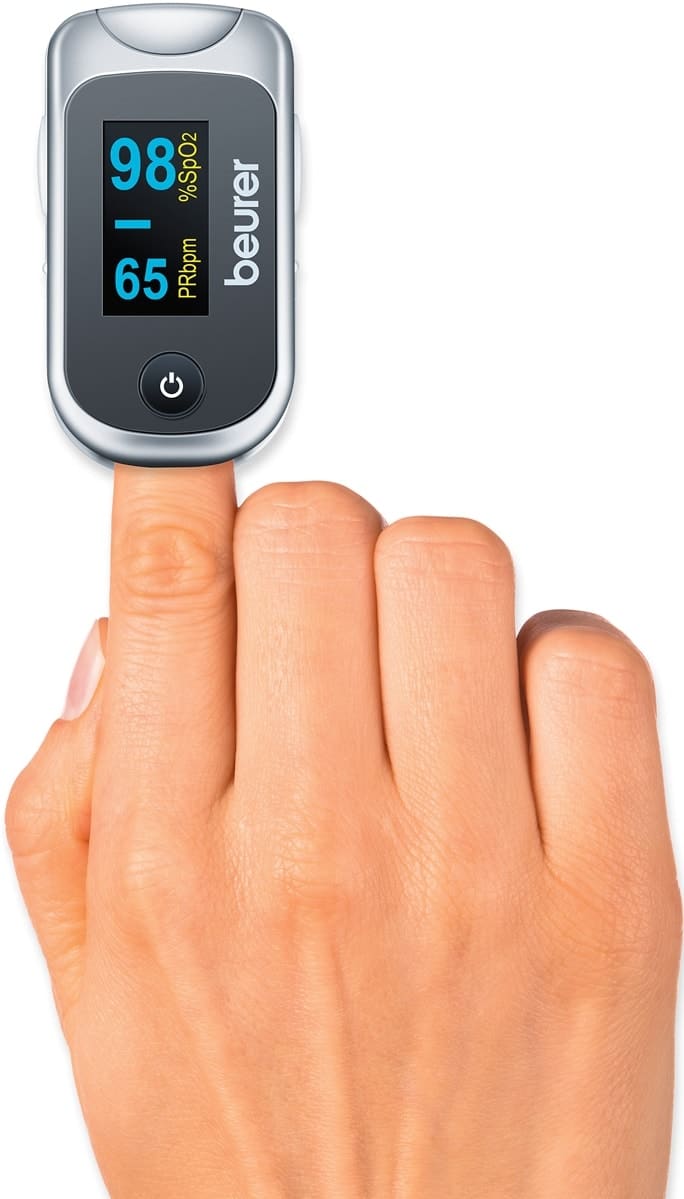
We then need to redesign these devices and properly evaluate them to ensure that they perform equally well for all patients.”Ĭeli emphasizes that understanding biases that exist within real-world data is crucial in order to better develop algorithms and artificial intelligence to assist clinicians with decision-making. As a result, clinicians typically make decisions based on pulse oximetry reading, unaware of its suboptimal performance in certain patient demographics.Įric Gottlieb, the study’s lead author, a nephrologist, a lecturer at MIT, and a Harvard Medical School fellow at Brigham and Women’s Hospital, called for more research to be done, in order to better understand “how pulse oximeter performance disparities lead to worse outcomes possible differences in ventilation management, fluid resuscitation, triaging decisions, and other aspects of care should be explored.

The turnaround time of arterial blood gas analysis may take from several minutes up to an hour. When the researchers compared SpO 2 levels taken by pulse oximeter to oxygen saturation from blood samples, they found that Black, Hispanic, and Asian patients had higher SpO 2 readings than white patients for a given blood oxygen saturation level measured in blood samples. MIMIC-IV also includes rates of administration of supplemental oxygen. This dataset is comprised of more than 50,000 patients admitted to the ICU at Beth Israel Deaconess Medical Center, and includes both pulse oximeter readings and oxygen saturation levels detected in blood samples. More than 3,000 participants were included in the study, of whom 2,667 were white, 207 Black, 112 Hispanic, and 83 Asian - using data from the Medical Information Mart for Intensive Care version 4, or MIMIC-IV dataset. Elevated bilirubin in the bloodstream and the use of certain medications in the ICU called vasopressors can also throw off pulse oximetry readings. False readings of normal pulse oximetry (SpO 2) can lead to hidden hypoxemia. While pulse oximeters are widely used due to ease of use, the most accurate way to measure blood oxygen saturation (SaO 2) levels is by taking a sample of the patient’s arterial blood. “It is therefore not surprising that we observe disparities in outcomes across demographics, with poorer outcomes among those who were not included in the design of health care," Celi adds. Genomics data overwhelmingly come from individuals of European descent.” “Drugs are evaluated through clinical trials that disproportionately enroll white individuals. “Medical devices are typically developed in rich countries with white, fit individuals as test subjects,” he explains. The study's senior author, Leo Anthony Celi, clinical research director and principal research scientist at the MIT Laboratory for Computational Physiology, and a principal research scientist at the MIT Institute for Medical Engineering and Science (IMES), says the challenge is that health care technology is routinely designed around the majority population. These results provide insight into how health technologies such as the pulse oximeter contribute to racial and ethnic disparities in care, according to the researchers. The findings showed that inaccurate readings of Asian, Black, and Hispanic patients resulted in them receiving less supplemental oxygen than white patients.

The paper, “ Assessment of Racial and Ethnic Differences in Oxygen Supplementation Among Patients in the Intensive Care Unit,” published in JAMA Internal Medicine, focused on the question of whether there were differences in supplemental oxygen administration among patients of different races and ethnicities that were associated with pulse oximeter performance discrepancies. Now, a paper co-authored by MIT scientists reveals that inaccurate pulse oximeter readings can lead to critically ill patients of color receiving less supplemental oxygen during ICU stays. It is well known that non-white intensive care unit (ICU) patients receive less-accurate readings of their oxygen levels using pulse oximeters - the common devices clamped on patients’ fingers. But new research links faulty readings from pulse oximeters with racial disparities in health outcomes, potentially leading to higher rates of death and complications such as organ dysfunction, in patients with darker skin.

Pulse oximetry is a noninvasive test that measures the oxygen saturation level in a patient’s blood, and it has become an important tool for monitoring many patients, including those with Covid-19.


 0 kommentar(er)
0 kommentar(er)
